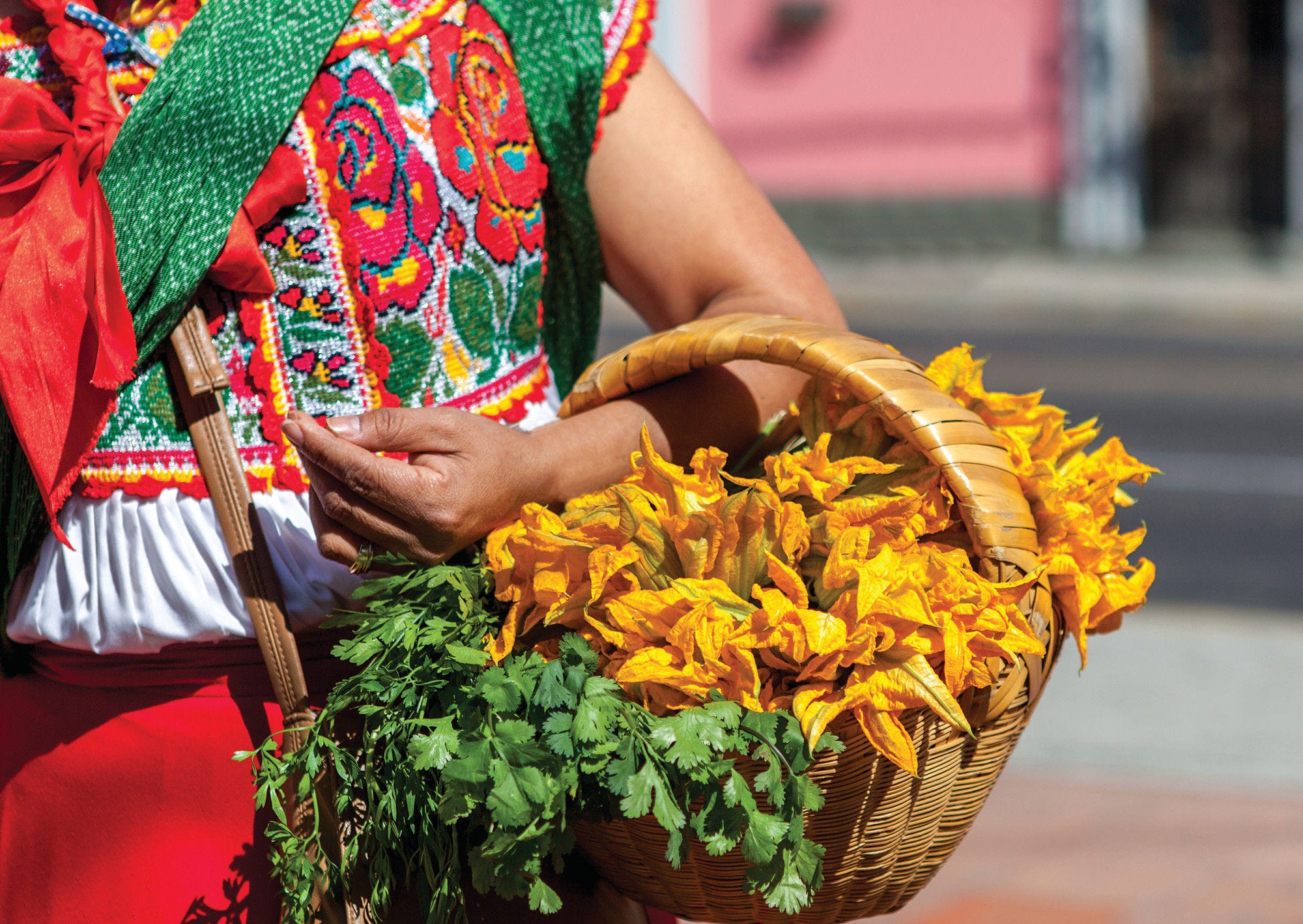Diet is another key determinant that contributes to the overall health and wellbeing of an individual. Adults who follow a diet rich in fruits and vegetables and low in fat, sugars and salt/sodium are at a lesser risk of developing one or more cardiovascular diseases and certain types of cancer (Graf and Cecchini, 2017[32]). In many countries, people are switching to diets more reliant on processed foods. This together with changes in the way we interact with the environment and each other is leading to a new food environment and culture. Combined with the increasing lack of physical activity (Chapter 4. Physical activity), this poses a significant challenge in the short and long-term (WHO, 2018[34]).
A healthy diet begins early in life. Breastfeeding and child nutrition (Chapter 4. Infant and Child Feeding) fosters healthy development and evidence suggests it reduces the risk of risk factors such as overweight and obesity, as well as of suffering from NCDs later in life. A healthy diet must be in balance with energy expenditure and must have variety of different food groups. It is key to include fruits and vegetables; 3.9 million deaths in 2017 were attributable to insufficient fruit and vegetable consumption (WHO, 2019[35]). The recommendation is five pieces of fruit or vegetables every day, or at least 400 grammes.
Daily consumption of fruit and vegetables in the LAC region is estimated to be under the recommended 400 grammes per person per day in all countries, although there is ample variation between countries. The highest consumer of fruit is Jamaica with over 220 grammes per person per day, followed by Saint Vincent and the Grenadines, Dominican Republic and Peru that are over 160 grammes. Trinidad and Tobago and Haiti consume an average of under 65 grammes per person per day, situating them in the lower end in the LAC region (Figure 4.29). In average, the LAC region reduced its fruit consumption by 8% between 2000 and 2015. Only in ten countries fruit consumption was increased led by a 47% augment in Dominican Republic. The largest decreases are observed in Argentina (‑37%) and Haiti (‑36%).
Consumption of vegetables is even lower with a regional average of 104 grammes per person per day. Suriname is the highest consumer of vegetables followed by Saint Lucia, Antigua and Barbuda and Belize, all over 140 grammes. On the other end, adults in Honduras consume just over 30 grammes, while Haiti reaches 60 grammes (Figure 4.30). The LAC region reduced vegetables consumption by an average of 7% between 2000 and 2015. Only Venezuela, Trinidad and Tobago, Guatemala and Antigua and Barbuda increased consumption, while the largest decreases happened in Argentina (‑27%) and Honduras (‑25%).
Healthy diets are also low in sugar. The recommended maximum amount of sugar is about 50 grammes. Sugar is naturally present in products such as honey, syrups, fruit juices, etc., but it is often added to foods for taste. In the LAC region, sugar consumption is estimated to be significantly higher on average than the 50‑gramme maximum recommended amount. The data captured here refers to consumption of sugar sweetened beverages, which contain a large amount of sugar. Considering the average person in LAC consumes nearly 500 grammes of these beverages, it is likely that most people consume over 50 grammes of sugar per day. The country with the highest consumption is St Lucia (over 1 250 grammes per person per day) followed by Saint Vincent and the Grenadines (952 grammes). Per capita sugary beverages intake is lowest in Brazil and Ecuador with 154 grammes each. In average, sugar sweetened beverages consumption in LAC increased by almost 4% between 2000 and 2015. Fifteen countries reduced their consumption led by Colombia, Argentina and Guyana (‑32%), while the highest increases occurred in Antigua and Barbuda (62%), Peru (45%) and Dominican Republic (44%) (Figure 4.31).



